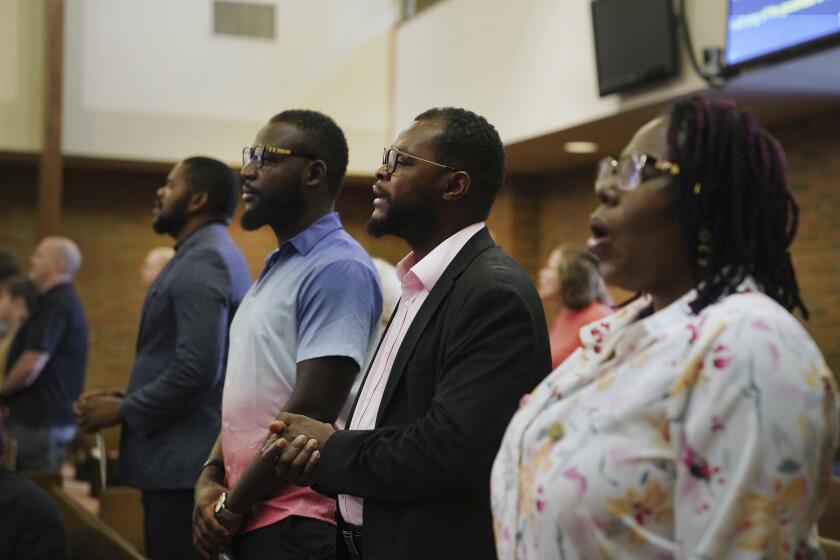Decline in inmates prompts closure of new Colorado prison
CANON CITY, Colo. — Sometimes if you build it, they don’t come.
When construction was first planned in 2003 for a $184-million high-security facility within the Colorado prison complex in Canon City, the number of inmates being locked up in the state was increasing at what officials considered an alarming rate.
But something happened between the first shovelful of dirt in 2007 and the final paintbrush stroke in 2010: The Colorado prison population started decreasing, first a little and then a lot.
So much, in fact, that officials announced in March that the new facility — open just 18 months and two-thirds empty — would close next year.
The 316-bed prison, called Colorado State Penitentiary II, is the fourth correctional facility in Colorado ordered closed in the last three years because of a dwindling prison population. At its peak in July 2009, the state’s inmate population was 23,220. As of February, it had dropped to 21,562. A decrease of 900 more inmates is expected by June 2013.
Adam Gelb, director of the Public Safety Performance Project at the Pew Center on the States, said what was happening in Colorado was also happening elsewhere — in about half the states — where efforts are underway to reduce prison populations. Other states and the federal system still show increases.
The Bureau of Justice Statistics recently reported that the overall prison population in the U.S. had declined for the first time in four decades.
Tom Clements, executive director of the Colorado Department of Corrections, said the state was part of a seismic shift in attitudes in the U.S. about the wisdom of locking up nonviolent offenders for long periods.
In some states, decades of get-tough sentencing have given way to alternatives to prison. They include probation and parole, mandatory drug treatment, mental health care and community supervision such as halfway houses, GPS ankle bracelets and regular drug testing.
Research has shown that if alternatives are well implemented and include good supervision, repeat offenses can be cut by 30% and the cost is about one-tenth of the $30,000-a-year average for housing a prisoner, Gelb said.
“This is not about being soft on crime or being hard on crime,” Clements said. “This is about being smart on crime.”
Falling crime rates and the high costs of incarceration may account for the decrease in prison populations, but Gelb of the Pew Center sees the trend much more as a rethinking of policy. And one of the things he finds fascinating is who is backing shorter sentences and alternatives to prison.
“Conservatives who in the past would not have been supportive are now out in front of it,” he said.
Gelb remains cautious about making sweeping pronouncements. “It’s too soon to tell if this is a tap on the brakes or a shift into reverse,” he said.
In Canon City, a public hearing was held March 20 on the closure plan. About 50 people attended, mostly employees worried about jobs. Clements has said it is not clear what will become of the building when the prisoners are reassigned, but he has said he is confident there will be no layoffs.
Sean Foster, associate warden, walks through the mostly empty corridors and shakes his head. He’s been working in prisons for 22 years, and throughout his career he has seen only increases in the numbers of prisoners. This will take some getting used to.
Deam writes for The Times.
More to Read
Sign up for Essential California
The most important California stories and recommendations in your inbox every morning.
You may occasionally receive promotional content from the Los Angeles Times.










